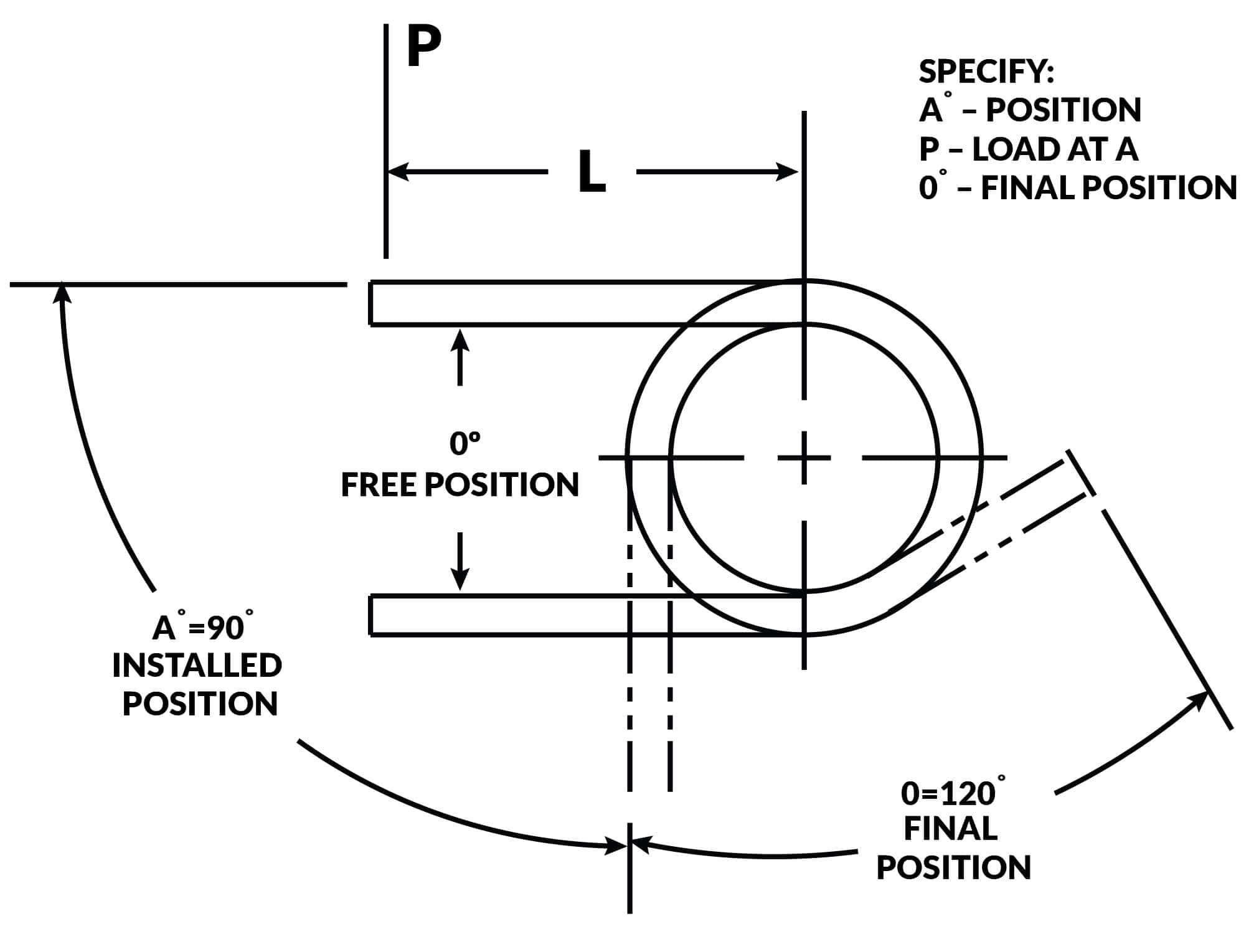Get unique, complex parts easily. No matter your requirements, Chaoyi Spring creates hard-to-produce coil springs and wire forms.
Let us help you create the custom wire form you need, from S-hooks and J-hooks to utility hooks and more.
We work closely with customers across a wide range of industries, helping them design and manufacture made-to-order parts.
Why choose Chaoyi Spring? We prioritize customer-focused collaboration, modern equipment and the latest technology to make your parts per print.
Find the information and guidance you need, from measuring a spring to learning about materials, placing an order and much more.
Springs, those ubiquitous coiled wonders of engineering, are integral to countless devices and systems, from the delicate mechanisms of a wristwatch to the robust suspension of a car. Their ability


Springs, those ubiquitous coiled wonders of engineering, are integral to countless devices and systems, from the delicate mechanisms of a wristwatch to the robust suspension of a car. Their ability to store and release energy, providing both resilience and stability, makes them indispensable in various fields. At the heart of this functionality lies the spring compression formula, a mathematical equation that governs the relationship between the force applied to a spring and its resulting compression. Understanding this formula is crucial for designers, engineers, and anyone interested in the fascinating world of spring mechanics.

The spring compression formula is a fundamental concept in physics, specifically in the study of elasticity. It essentially describes the relationship between the force applied to a spring and its resulting compression. This formula is often referred to as Hooke's Law, named after the 17th-century British physicist Robert Hooke, who first formulated this principle.
The formula itself is elegantly simple: F = -kx, where:
The negative sign indicates that the force exerted by the spring is always opposite to the direction of its displacement. In simpler terms, the spring pushes back against the force applied to it, striving to return to its original uncompressed state.
The spring constant, denoted by 'k', is a crucial parameter that defines the stiffness of a spring. A higher spring constant signifies a stiffer spring, meaning it requires a greater force to compress it by a given amount. Conversely, a lower spring constant indicates a more flexible spring, easily compressed with less force.
The spring constant is determined by several factors, including the material used to make the spring, its dimensions (wire diameter, coil diameter, number of coils), and the way the spring is wound. For example, a spring made of a stronger material like steel will generally have a higher spring constant than one made of a softer material like copper.
The spring compression formula finds widespread applications in various engineering disciplines, including:
While the simple spring compression formula is a good starting point, it's important to note that it only applies to ideal springs. Real-world springs exhibit more complex behavior, influenced by factors such as:
The spring compression formula, a seemingly simple equation, unlocks a world of possibilities in understanding and applying the mechanics of springs. From the intricate designs of everyday objects to the complex systems in advanced engineering, the principles behind spring compression remain fundamental. By grasping this formula and its nuances, we gain a deeper appreciation for the power and versatility of these ubiquitous components, enabling us to innovate and create more efficient, resilient, and reliable technologies for the future.
The spring compression formula is a testament to the elegance of physics, showcasing how a simple equation can underpin a vast array of practical applications. As we continue to explore and refine our understanding of spring mechanics, we unlock new avenues for innovation, pushing the boundaries of engineering and design in countless fields.
Browse some of the custom wire forms and springs that we manufacture. Don’t see what you need? We specialize in made-to-order products that meet your application requirements.
Visit Our GalleryNeed a custom wire form or coil spring? We make it work. Fill out the contact form and a representative will respond within 1 business day. If you have a PDF or CAD file, you can submit to request a quote.